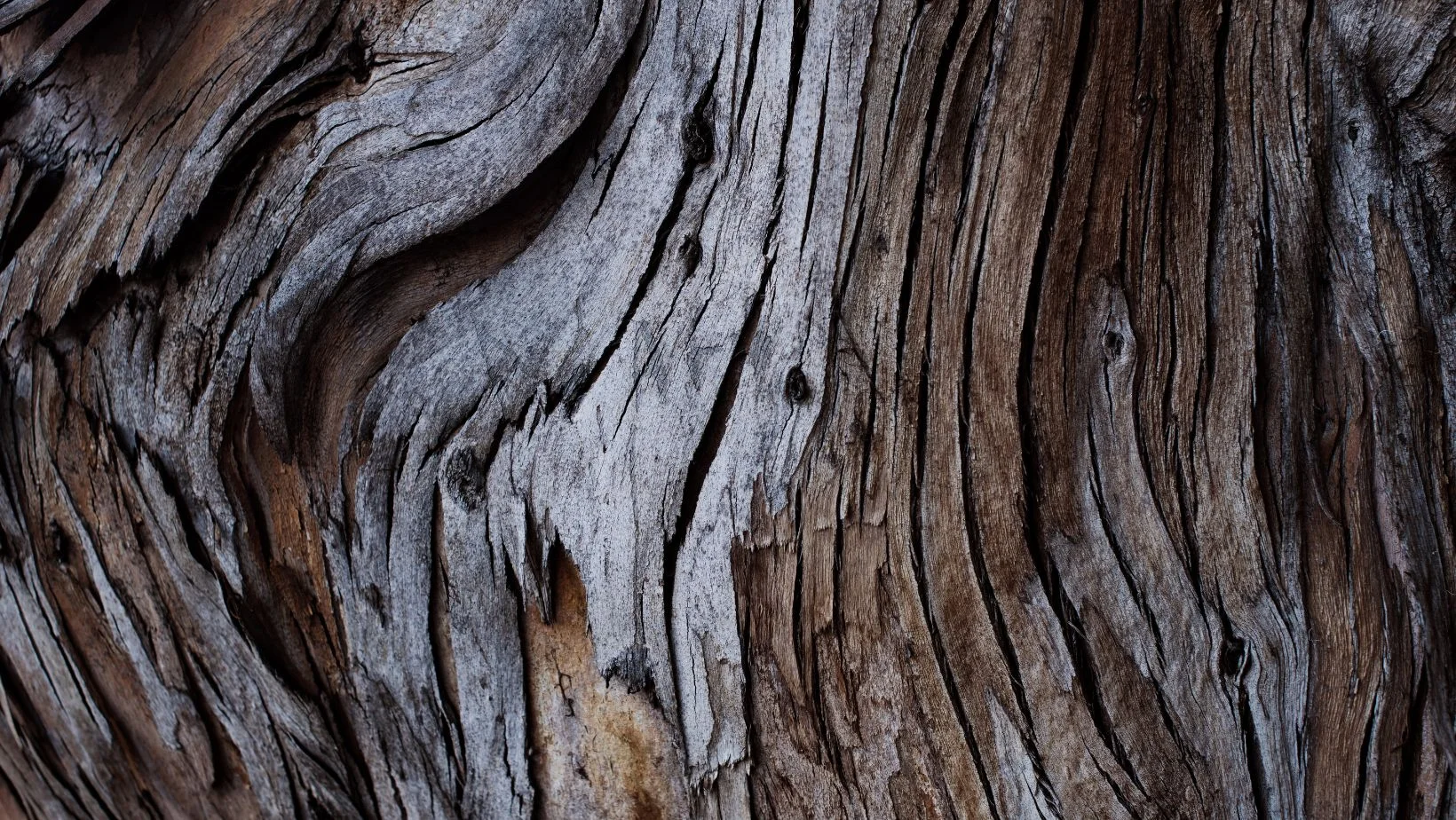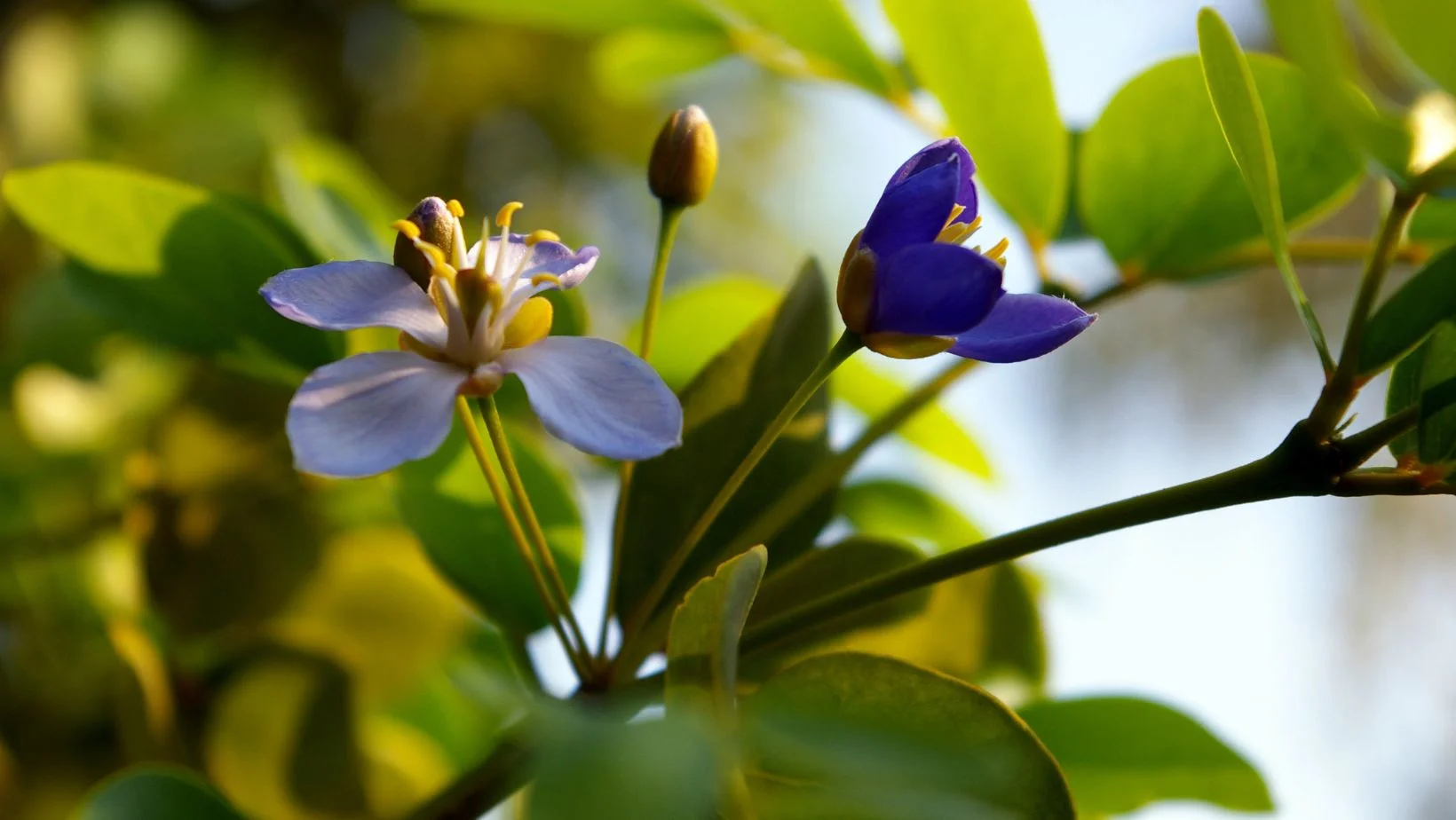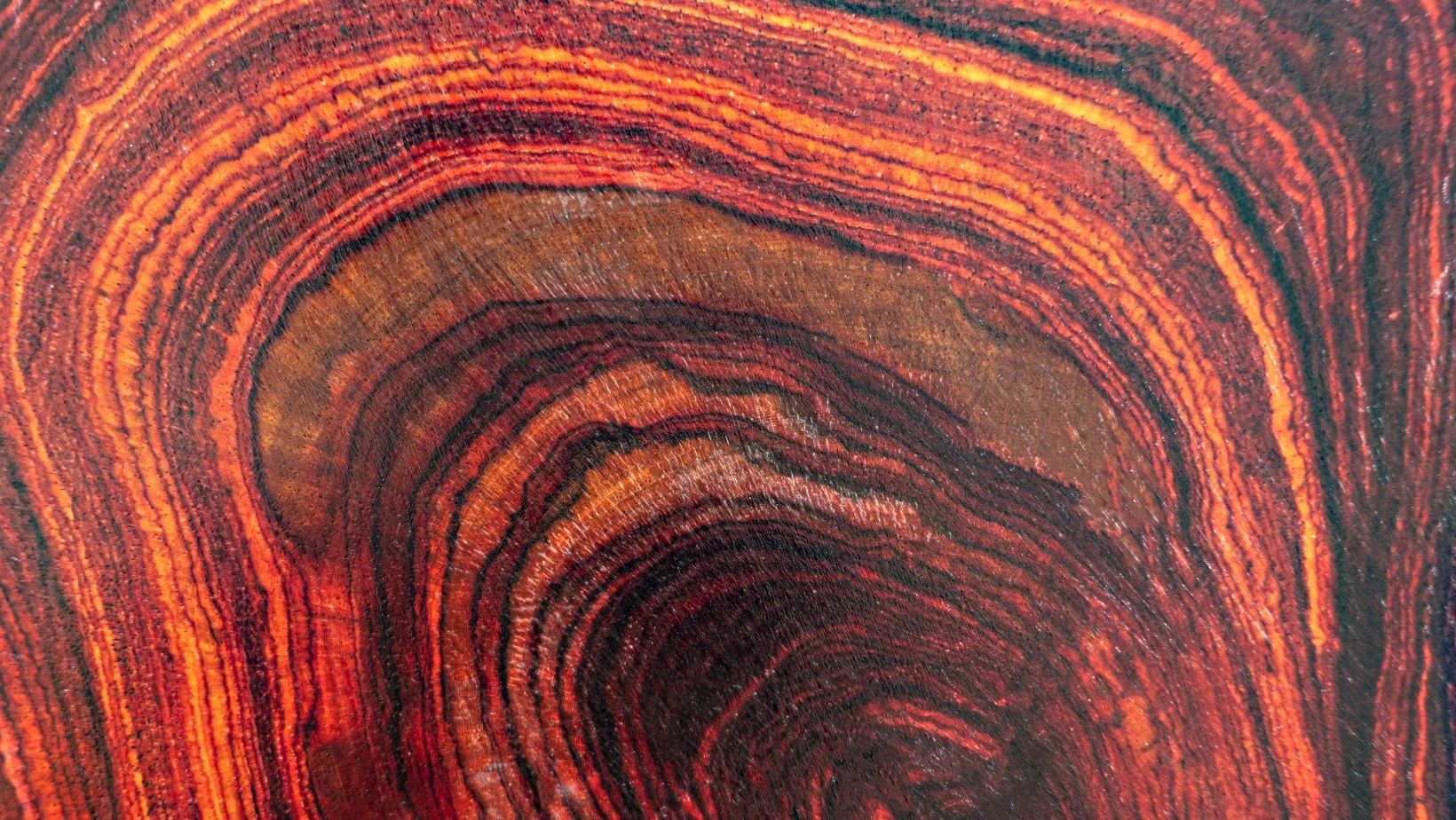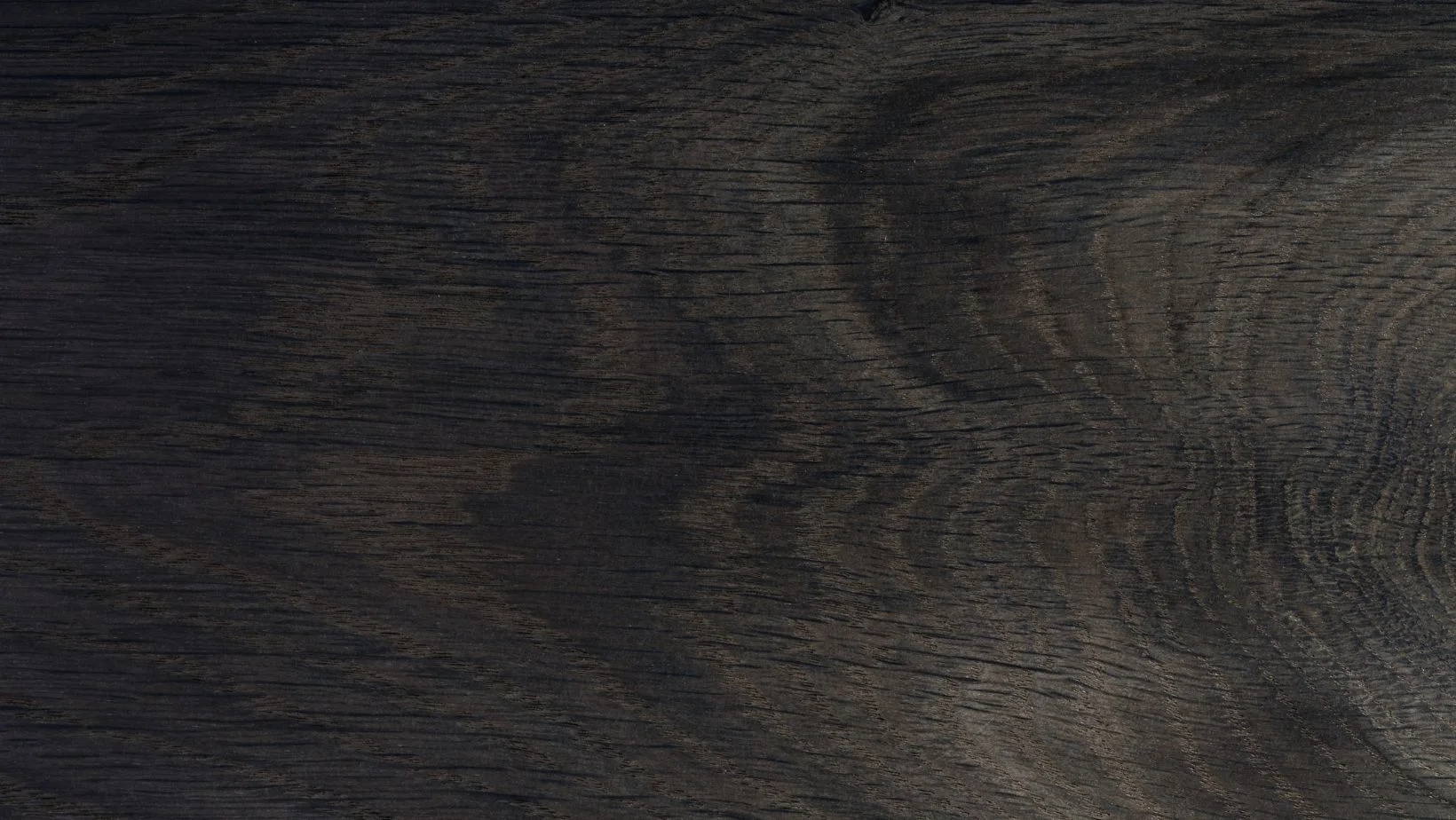Wood is not merely a building material; it is a canvas of nature’s artistry. Each species bears its own unique grains, colors, and textures. While many are familiar with popular woods like oak, maple, and walnut, a vast world of exotic wood species is waiting to be explored. These woods, often sourced from distant regions across the globe, offer distinctive characteristics that make them prized among craftsmen, artisans, and designers alike.
Domestic vs. Exotic Wood
Domestic Hardwoods
Domestic hardwoods encompass all species native to North America, such as oak, birch, maple, and American cherry. Known for their traditional warmth, domestic hardwood floors are cherished for their timeless appeal.
Exotic Hardwoods
Exotic lumber originates from various parts of the world, predominantly tropical regions. Examples include Brazilian Cherry, Brazilian Walnut (Ipe), Purple Heart, and Australian Cypress. Exotic hardwood flooring is celebrated for its striking appearance, often imparting a modern and contemporary aesthetic.
Natural Color Changes
Wood species naturally undergo color changes over time due to oxidation and exposure to light. These changes occur whether the wood is finished or not, and the extent varies depending on the species. Exotic hardwoods like Brazilian Cherry often experience rapid and dramatic color shifts, while native hardwoods such as Red Oak change more slowly and with less variation. Understanding these natural transformations enhances your appreciation of the unique beauty that wood evolves over time.
Hardness
The hardness of a wood floor is primarily determined by the species of wood used rather than the finish. Domestic hardwoods generally exhibit lower to medium hardness levels compared to most exotic species. Exotic hardwoods are known for their toughness and density, making them more durable in high-traffic areas. However, when selecting a long-lasting flooring option, it’s important to consider that hardness is just one factor. Modern manufacturing techniques ensure both domestic and exotic hardwoods can provide durable flooring solutions.
Availability
Availability is a significant consideration when choosing between domestic and exotic hardwood flooring. The availability of wood species is heavily influenced by local patterns and global supply chains. Certain exotic hardwoods may only be accessible in specific sizes and cuts due to supply limitations. In contrast, domestic hardwoods are often more readily available and can support sustainable practices and local employment. This accessibility factor can influence consumer preferences, with some opting for domestic hardwood flooring to align with sustainability goals and support local economies.
The Most Exotic Wood Species in the World
African Blackwood
African blackwood (Dalbergia melanoxylon) holds the title of the most costly wood in the world, primarily due to its rarity and the challenges associated with harvesting it. A slow-growing, near-threatened tree, African blackwood thrives in the arid savanna regions of southern and central Africa. This multi-stemmed tree typically reaches about 25 feet in height, but its trunk rarely exceeds a foot in diameter, making it difficult to obtain large sections of the wood.
Working with African blackwood is notoriously challenging, contributing to the high cost of items made from it. With an impressive Janka hardness rating of 4,050 pound-forces, this dense wood blunts cutting tools easily. Its straight and fine grain ranges in color from jet black to deep purple, adding to its visual appeal.
Despite its hardness, African blackwood is only moderately resistant to insects, though it withstands decay, heat, and bending well. Its exceptional qualities make it a favored material for crafting high-end musical instruments, such as guitars, where its tonal properties are highly valued. The combination of rarity, workability challenges, and superior characteristics underpins the premium price of African blackwood.
Lignum Vitae
Lignum Vitae, also known as ironwood, is the national tree of the Bahamas and is renowned for its exceptional hardness and density. Due to its slow growth, this wood is nearly extinct and rarely found in the wild, making replenishing its supply a significant challenge.
One of the most distinctive features of Lignum Vitae is its exceptionally high oil content, which contributes to its durability and resistance to wear. It holds the title of the hardest of all trade woods, boasting a Janka hardness rating of 4,500 lbf.
In the past, Lignum Vitae was used to make bowling balls and bearings for the world’s first nuclear-powered submarine due to its incredible toughness. Today, it is still utilized in the manufacture of cricket balls, tool handles, bearings, and mallet heads. The wood’s remarkable properties make it invaluable for applications requiring extreme durability and resilience.
Brazilian Rosewood
Brazilian Rosewood (Dalbergia nigra) is prized for its stunning visual appeal and exceptional qualities. Its color palette ranges from deep purples and scarlets to dark browns, often highlighted with distinct streaks of yellow or lighter hues. The unique spider-webbing grain pattern enhances its allure, making it a sought-after material in various crafts.
This wood is not only strong but also highly resistant to insects and decay. With a Janka hardness value of 2,790 pound-forces, Brazilian Rosewood is quite durable. Despite this, it is generally easy to work with, which adds to its versatility.
Brazilian rosewood is commonly used in flooring, furniture, and musical instruments, and its aesthetic and functional properties are highly valued. Its beauty, combined with its durability and resistance to decay, makes it a favored choice for high-quality and long-lasting craftsmanship.
Ebony
Ebony is a highly prized dark-colored hardwood sourced from various Diospyros tree species. Due to its great demand, many ebony species have become extinct or endangered. Wild Dwarf Ebony is already extinct, although efforts are underway to reestablish it through cloning. African Black Ebony is listed as vulnerable, Mun Ebony is critically endangered, and Gaboon Ebony is endangered. These trees thrive in solitary environments that can support their extensive root systems, and it takes a single tree between 70 to 200 years to reach a harvestable size.
The most valuable ebony wood, known for its pure black color, is found only in trees over 150 years old. Ebony is exceptionally strong and resilient, with a striking striped texture that ranges in color from deep crimson to pure black. Due to its rarity, ebony is often used in small inlays to add a stunning accent to furniture. It is uncommon to find a piece of furniture made entirely from ebony wood.
Given its scarcity and the ecological pressures on its natural habitat, ebony is typically used only in high-end applications where its beauty and durability can be showcased in smaller quantities. The continued conservation and responsible sourcing of ebony are crucial to preserving this precious resource for future generations.
Purpleheart
Purpleheart (Peltogyne purpurea), also known as amaranth, is renowned for its striking color, which can range from grayish-purple to deep purple. When freshly cut, the wood appears gray or brown, but exposure to UV radiation intensifies its color to a vibrant purple. This exotic wood thrives throughout Central and South America, particularly in the jungles of Guyana, Brazil, and Suriname.
Purpleheart trees can grow up to 170 feet in height, producing remarkably large rounds and planks. With a Janka hardness value of 2,520 lbf, Purpleheart is extremely rigid, making it ideal for applications such as flooring, furniture, and boats. However, when heated, Purpleheart secretes a sticky resin that can damage tools and make it difficult to work with.
The difficulty of handling Purpleheart wood, combined with its unique aesthetic qualities, contributes to its higher cost. Despite the challenges, its stunning color and durability make it a favored choice for high-end woodworking projects, where its beauty and strength can be fully appreciated.
Exploring exotic wood species opens the door to a world of beauty, sustainability, and craftsmanship. Whether you’re drawn to the deep hues of Purpleheart, the striking patterns of Brazilian Rosewood, or the timeless elegance of Ebony, each species tells a story of its origin and cultural significance. Utilizing exotic woods enriches our understanding of craftsmanship and allows us to create spaces and objects that will inspire other craftsmen for generations to come.











